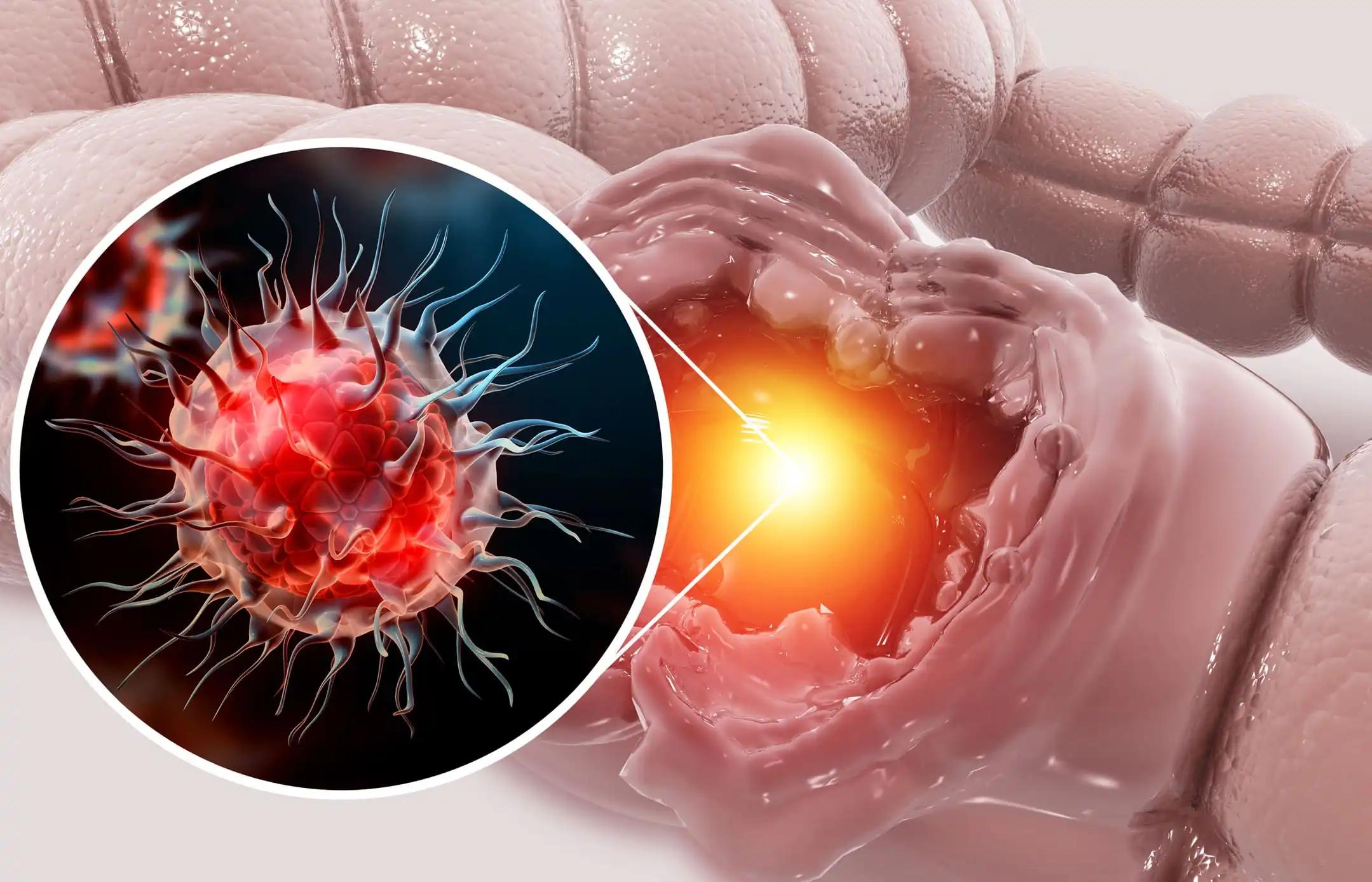KEY TAKEAWAYS
- An observational study aimed to bridge the gap between research and clinical practice by demonstrating the feasibility and practicality of scRNA-seq for primary pancreatic tumors using EUS-FNB samples.
- The results demonstrated that EUS-FNB with 5ml negative pressure enables practical single-cell sequencing, unveiling the UBE2C subclone in early pancreatic cancer, a potentially poor prognosis target.
Though single-cell RNA sequencing (scRNA-seq) can reveal rare cell populations, its application in pancreatic cancer has been limited to surgical or metastatic biopsy samples due to stringent tissue quality and cell viability requirements.
Yung-yeh Su and his research group conducted a study that aimed to develop a practical approach facilitating scientists conducting scRNA-seq on primary pancreatic tumor samples obtained through EUS-FNB in real-world scenarios.
The study evaluated two punctures from the same lesion using the same needle: one without applying suction (Non-suction group) and the other with a negative pressure of 5 ml (Suction group). Single-cell RNA sequencing libraries were prepared with Chromium Single Cell 5’ Reagent Kits v2 (10X Genomics, USA), following the manufacturer’s protocol.
About 20 patients (median age: 65.1 years, range: 46.6-83.2) were enrolled. The Suction group demonstrated a significantly higher cell preparation success rate (80%, 16/20) compared to the Non-suction group (10%, 2/20, P<0.001). Following the established protocol, single-cell RNA transcriptomes were generated for four patients (9,632 cells in the early stage and 4,592 cells in the late stage).
After quality control, 11,950 cells were analyzed, with 66%(7,842) in the early stage and 34% (4,108) in the late stage. Twelve major cell subtypes were identified, with late-stage exhibiting a higher proportion of cancer cells in cluster 4. Differential gene expression analysis revealed UBE2C as the most highly expressed gene in cancer cells cluster-4. External validation in the TCGA PAAD dataset confirmed significantly poor survival in UBE2C high-expression pancreatic cancer.
The study suggested that the EUS-FNB with a 5 ml negative pressure is practically applicable for single-cell sequencing. Identification of a UBE2C high-expression subclone in early-stage pancreatic cancer, associated with poor prognosis, highlighted its potential as a promising therapeutic target for future research. The research was sponsored by the National Health Research Institutes, Taiwan.
Clinical Trial: https://clinicaltrials.gov/study/NCT05767697
Su Y, Cheng MYLSM, Chang WL, et al.’’ Single-cell RNA sequencing via Endoscopic Ultrasound-guided Fine-Needle Biopsy (EUS-FNB) Pancreatic Biopsies uncovered an aggressive subclone with a poor prognosis.’’ Presented at: ESMO ASIA Congress 2023(Presentation Number 158P)



